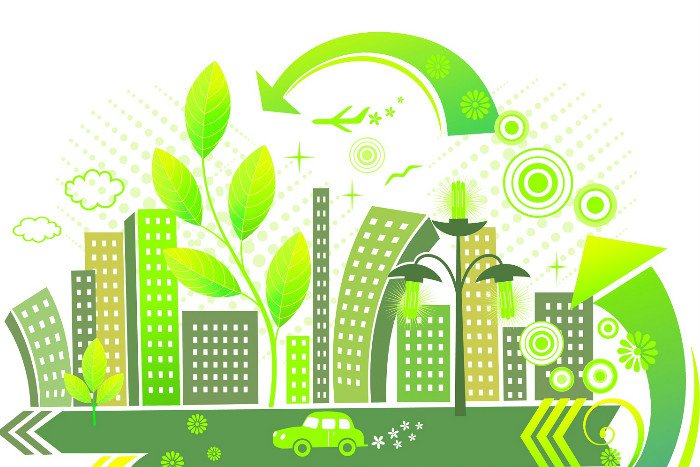
Tamlyn XtremeTrim® products can earn or contribute to credits in categories MR 4.1 and MR 4.2. These credits require a minimum percentage of the value of the building materials to be recycled. Tamlyn XtremeTrim® products are typically made from 75-100% post industrial and post consumer scrap.Member of U.S. Green Building Council since 2008.

Member of U.S. Green Building Council since 2008
What is LEED®?
The Leadership in Energy and Environmental Design (LEED) Green Building Rating System™ encourages and accelerates global adoption of sustainable green building and development practices through the creation and implementation of universally understood and accepted tools and performance criteria.
LEED is a third party certification program and the nationally accepted benchmark for the design, construction and operation of high performance green buildings. LEED gives building owners and operators the tools they need to have an immediate and measurable impact on their buildings’ performance. LEED promotes a whole-building approach to sustainability by recognizing performance in five key areas of human and environmental health: sustainable site development, water savings, energy efficiency, materials selection and indoor environmental quality.
Who uses LEED®?
Architects, real estate professionals, facility managers, engineers, interior designers, landscape architects, construction managers, lenders and government officials all use LEED to help transform the built environment to sustainability. State and local governments across the country are adopting LEED for public-owned and public-funded buildings; there are LEED initiatives in federal agencies, including the Departments of Defense, Agriculture, Energy, and State; and LEED projects are in progress in 41 different countries, including Canada, Brazil, Mexico and India.
How is LEED® Developed?
LEED Rating Systems are developed through an open, consensus-based process led by LEED committees. Each volunteer committee is composed of a diverse group of practitioners and experts representing a cross-section of the building and construction industry. The key elements of USGBC's consensus process include a balanced and transparent committee structure, technical advisory groups that ensure scientific consistency and rigor, opportunities for stakeholder comment and review, member ballot of new rating systems, and a fair and open appeals process.